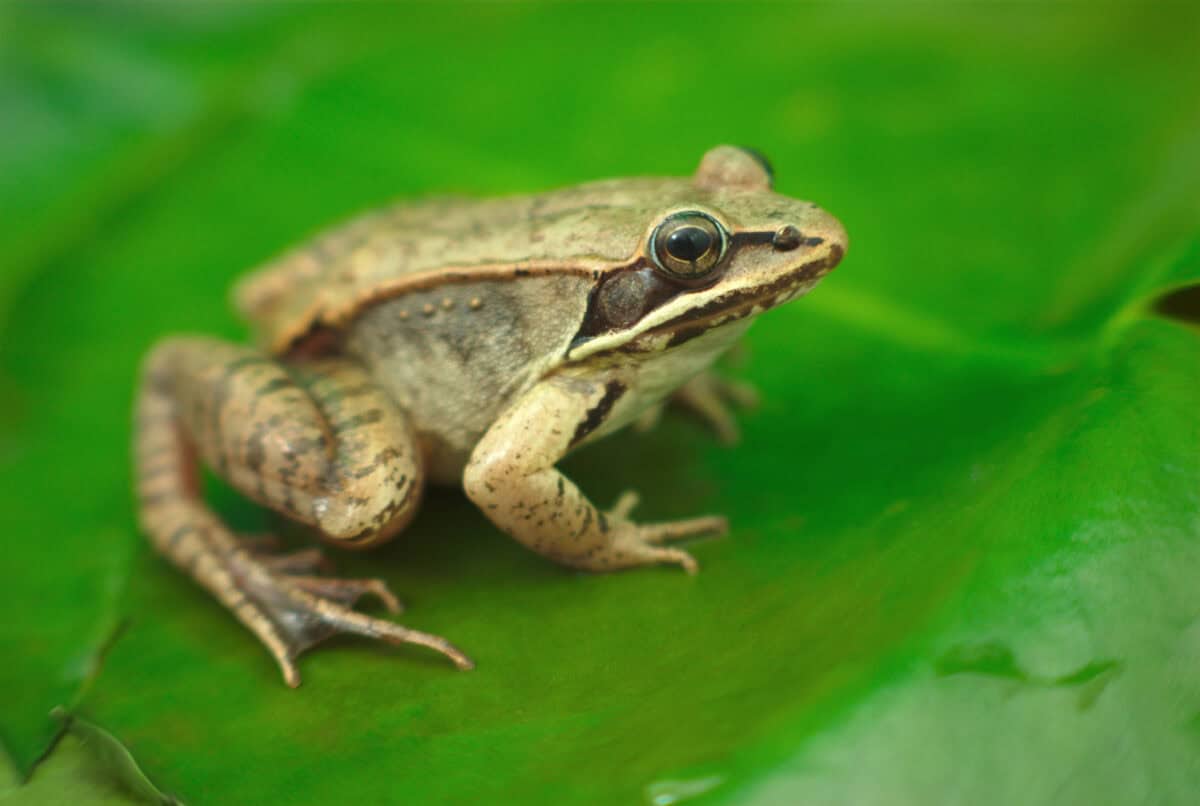In the harsh reality of winter, most animals migrate or hibernate to escape freezing temperatures. However, a remarkable group of amphibians has evolved extraordinary adaptations that allow them to survive being partially or completely frozen. These cold-hardy creatures employ sophisticated biochemical mechanisms that transform them into living popsicles during winter months, only to thaw and resume normal activities when spring arrives. From producing natural antifreeze compounds to redirecting water away from vital organs, these amphibians represent some of nature’s most impressive survival specialists. This article explores 13 amphibians with these remarkable freeze-tolerance adaptations, detailing the science behind their winter survival strategies and the unique characteristics that make each species special.
Wood Frog (Lithobates sylvaticus)
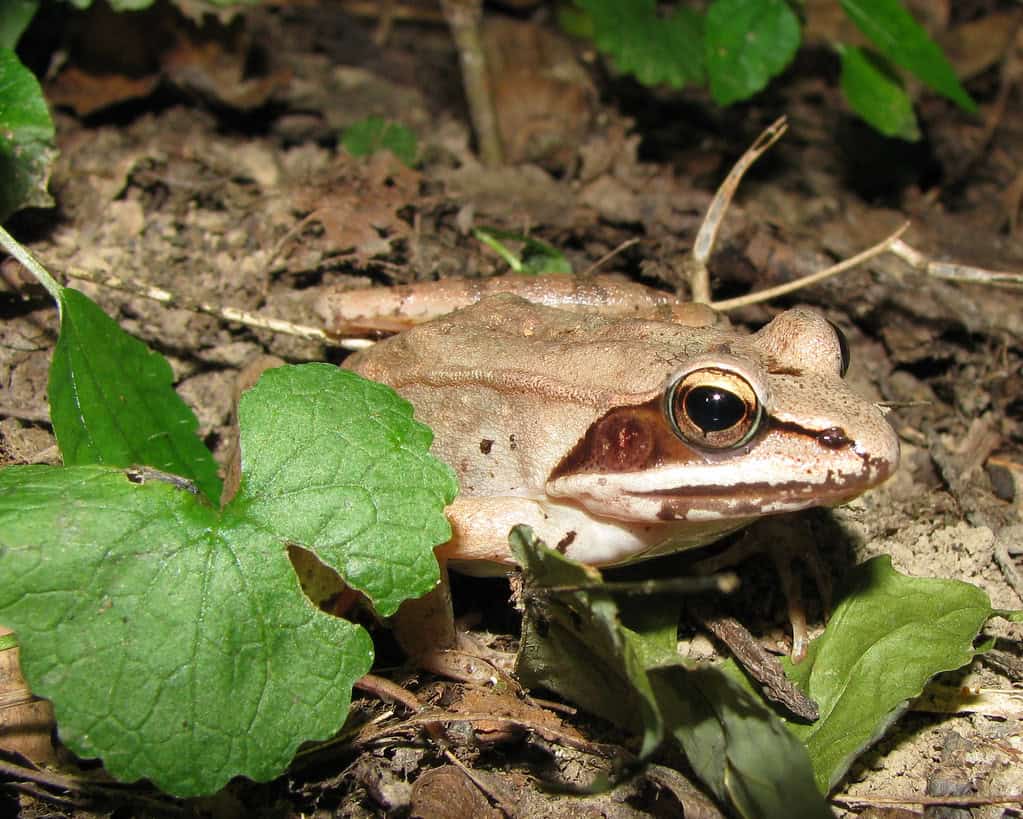
The wood frog is perhaps the most famous freeze-tolerant amphibian and has become the poster child for cold-weather amphibian survival. Native to North America, these remarkable creatures can survive having up to 65% of their body water converted to ice. During freezing, wood frogs accumulate high concentrations of glucose in their tissues and organs, which acts as a cryoprotectant, preventing cell damage and death. Their hearts stop beating, they cease breathing, and they appear completely lifeless for weeks or even months. Research has documented wood frogs surviving temperatures as low as 19°F (-7°C). What makes them especially impressive is their geographic range, extending into the Arctic Circle in Alaska and Canada, making them the only North American amphibian found north of the Arctic Circle.
Spring Peeper (Pseudacris crucifer)
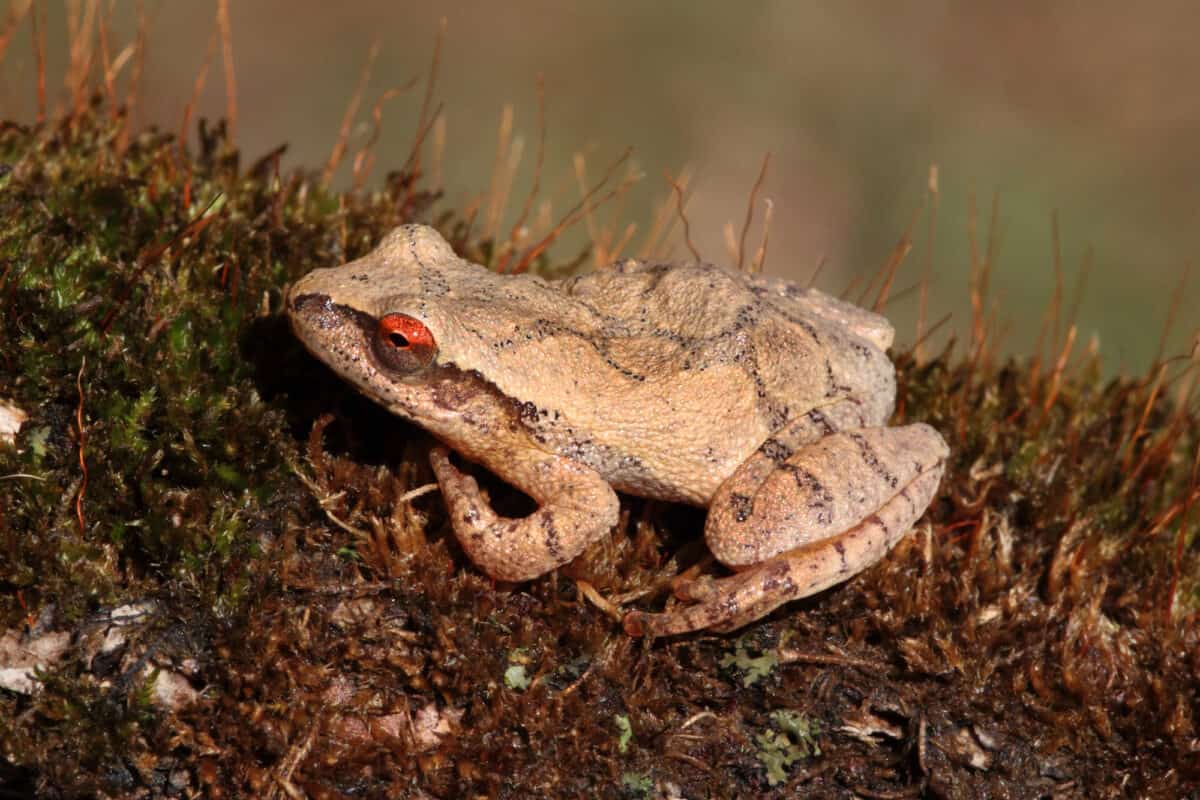
These tiny tree frogs, named for their early spring mating calls, demonstrate impressive freeze tolerance despite their diminutive size (rarely exceeding 1.5 inches in length). Spring peepers can survive having 40-50% of their body water turned to ice. During freezing, they elevate glucose levels in their blood and tissues by 200-300% above normal levels. Their small size makes them particularly vulnerable to temperature drops, yet they’ve adapted remarkably well. Unlike wood frogs that typically freeze while hibernating under leaf litter, spring peepers often overwinter in rotting logs or tree bark crevices where temperatures fluctuate more dramatically. Their distinctive cross-shaped marking on their backs provides easy identification when you’re fortunate enough to spot these elusive amphibians during warmer months.
Cope’s Gray Treefrog (Hyla chrysoscelis)

Cope’s gray treefrog employs a unique cryoprotection strategy compared to many freeze-tolerant amphibians. Instead of primarily using glucose as their antifreeze compound, these treefrogs produce glycerol—the same compound used in commercial antifreeze products. During winter preparation, their livers convert stored glycogen into glycerol, which floods their cells and provides protection from ice crystal formation. They can survive temperatures as low as 23°F (-5°C) with up to 40% of their body water frozen solid. An interesting characteristic of Cope’s gray treefrog is its ability to change color slightly based on temperature and environment, ranging from pale gray to nearly black. They’re also nearly identical in appearance to the common gray treefrog (Hyla versicolor), but can be distinguished by their call and chromosome count.
Eastern Gray Treefrog (Hyla versicolor)

The eastern gray treefrog shares many freeze-tolerance adaptations with its close relative, Cope’s gray treefrog, but with some key differences. These treefrogs utilize both glucose and glycerol as cryoprotectants, giving them a dual-protection system against freezing damage. They can survive having approximately 40% of their body water converted to ice and endure temperatures down to 21°F (-6°C). Eastern gray treefrogs possess specialized skin textures that help them retain moisture during freezing conditions—a critical adaptation since dehydration can limit freeze tolerance. Unlike many other freeze-tolerant species, eastern gray treefrogs can be found hibernating at surprisingly exposed sites, sometimes even clinging to tree trunks during winter. They’re tetraploid (having four sets of chromosomes) compared to Cope’s gray treefrog’s diploid status, which may contribute to their slightly different freeze-tolerance capabilities.
Chorus Frog (Pseudacris species)

Several species of chorus frogs demonstrate impressive freeze tolerance, with the western chorus frog (Pseudacris triseriata) and the boreal chorus frog (Pseudacris maculata) being particularly well-studied examples. These small frogs, typically only 0.75-1.5 inches long, can survive having 35-45% of their body water converted to ice. They employ glucose as their primary cryoprotectant but also produce glycerol as a secondary protection mechanism. Chorus frogs have been documented surviving multiple freeze-thaw cycles within a single winter, demonstrating remarkable cellular resilience. Their name comes from their distinctive breeding calls in early spring, which resemble the sound of running a thumb along the teeth of a comb. Despite their small size, chorus frogs can be quite vocal, with males capable of producing calls up to 90 decibels—about as loud as a lawnmower—from a body smaller than your thumb.
Common Frog (Rana temporaria)
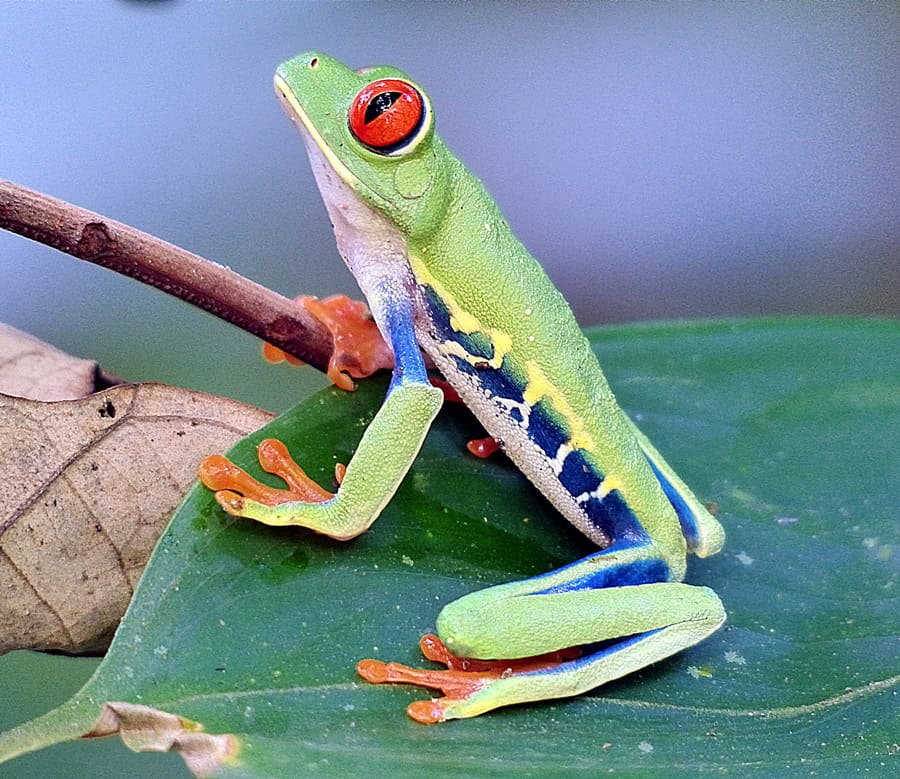
The common frog, widespread throughout Europe, demonstrates moderate freeze tolerance compared to North American species. These frogs can survive having approximately 30% of their body water frozen for several days at temperatures around 28°F (-2°C). While not as freeze-tolerant as wood frogs, their adaptation is still impressive. Common frogs utilize glucose as their primary cryoprotectant, but at lower concentrations than wood frogs. They preferentially overwinter underwater in ponds where they typically avoid freezing altogether, but populations in northern Europe and mountainous regions often hibernate on land where freezing is inevitable. Research has shown significant variation in freeze tolerance among different populations, with northern populations showing greater tolerance than southern ones. This suggests ongoing evolutionary adaptation to local climate conditions across their extensive range from Spain to northern Scandinavia.
Moor Frog (Rana arvalis)

The moor frog, native to Europe and parts of Asia, displays moderate freeze tolerance but with some unique characteristics. These frogs can survive having about 30% of their body water frozen at temperatures as low as 26°F (-3°C) for up to three days. Their freeze tolerance strategy involves not only glucose production but also the accumulation of specific amino acids that provide additional cell protection. Moor frogs are perhaps most famous for their remarkable breeding season trait: males turn a brilliant blue color for a few days during spring mating. This makes them one of the few amphibians to undergo such a dramatic temporary color change. Their range extends into the Arctic Circle in Scandinavia and Russia, making them one of the northernmost amphibian species in Eurasia and necessitating their freeze-tolerance adaptations.
Korean Frog (Rana dybowskii)

The Korean frog, found in eastern Russia, northeastern China, Korea, and Japan, demonstrates impressive freeze tolerance for an Asian amphibian. These frogs can survive having up to 35% of their body water frozen at temperatures around 24°F (-4°C). They utilize both glucose and urea as cryoprotectants, with the urea providing additional protection for sensitive tissues. Korean frogs have evolved specialized liver enzymes that rapidly convert glycogen to glucose when freezing begins, flooding their cells with this protective compound within hours. Their freeze tolerance is particularly important given the continental climate of their range, which can experience rapid temperature fluctuations in spring and fall. Unlike some freeze-tolerant North American species, Korean frogs often hibernate underwater but can survive freezing if terrestrial hibernation sites dry out or experience extreme cold snaps.
Siberian Salamander (Salamandrella keyserlingii)
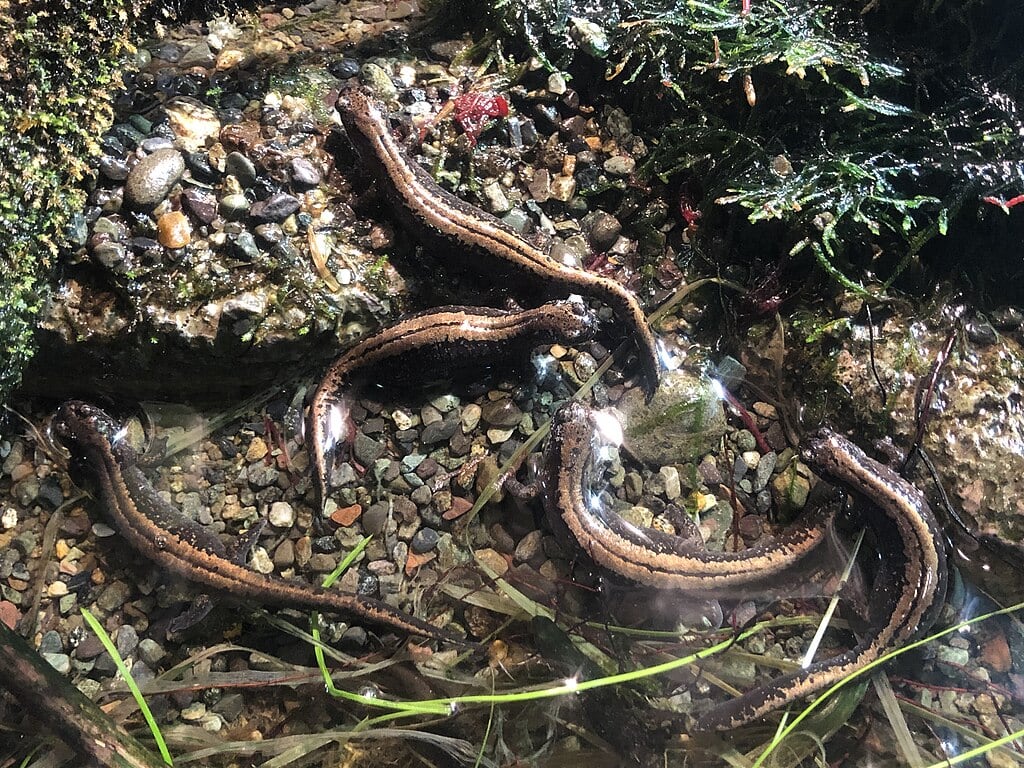
The Siberian salamander represents one of the most extreme examples of cold hardiness among vertebrates. These remarkable creatures can reportedly survive being frozen at temperatures as low as -40°F (-40°C) for years, though most scientific studies confirm survival at more moderate temperatures around 14°F (-10°C) for several months. Unlike frogs that primarily use glucose, these salamanders produce glycerol and glucose-based cryoprotectants along with specialized ice-binding proteins that control ice crystal formation. They undergo extreme dehydration during freezing, with ice forming in up to 50% of their body water. Siberian salamanders inhabit some of the harshest environments on Earth, including regions of Siberia where winter temperatures regularly plunge below -58°F (-50°C). Their extreme freeze tolerance has made them subjects of research for potential applications in organ preservation for human transplantation.
Jefferson Salamander (Ambystoma jeffersonianum)

The Jefferson salamander exhibits moderate freeze tolerance compared to some amphibian champions, but still demonstrates impressive cold hardiness. These salamanders can survive having approximately 20% of their body water converted to ice at temperatures around 27°F (-3°C) for several days. They produce glycerol as their primary cryoprotectant, which protects their cells from freeze damage. Jefferson salamanders typically overwinter in underground burrows below the frost line, but individuals caught above ground during early freezes can survive thanks to their adaptations. An interesting aspect of Jefferson salamander biology is their complex hybridization with blue-spotted salamanders, creating populations with varied chromosome numbers that may influence freeze tolerance capabilities. They’re early spring breeders, sometimes traveling to breeding ponds while snow still covers the ground, demonstrating their comfort with near-freezing conditions.
Blue-spotted Salamander (Ambystoma laterale)
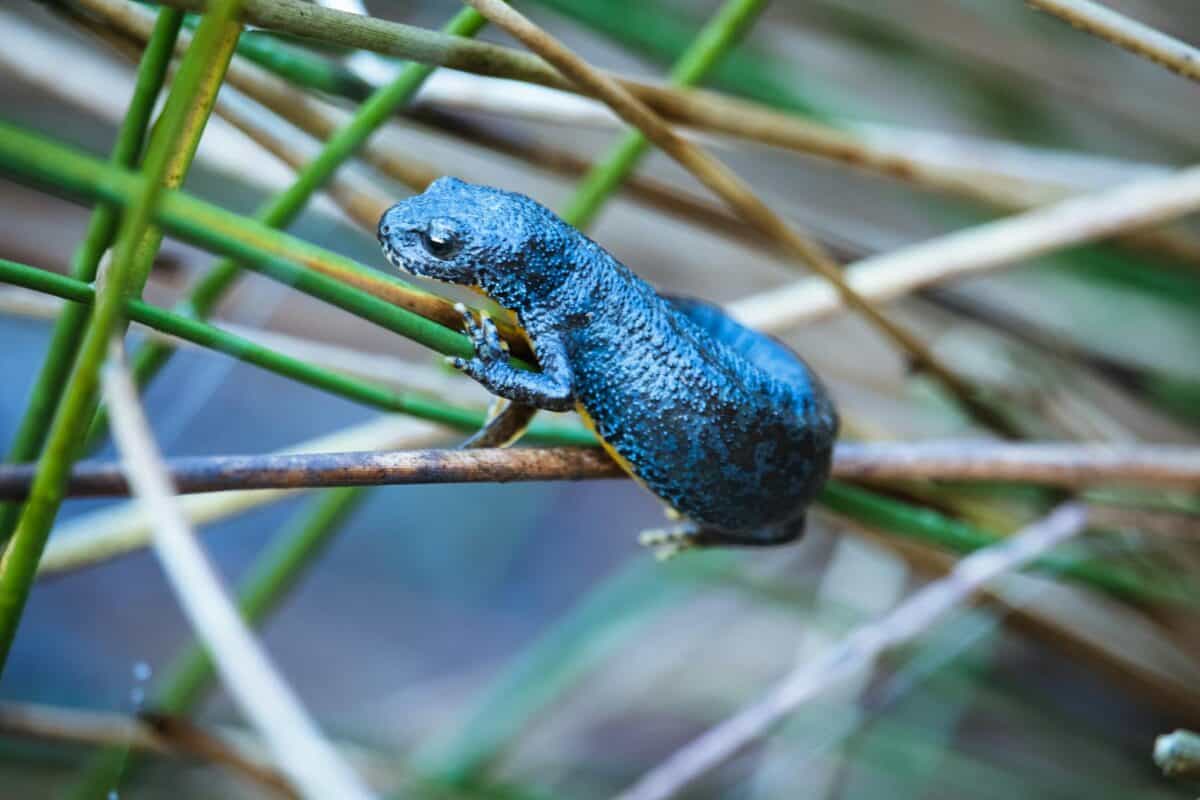
Blue-spotted salamanders display notable freeze tolerance capabilities that help them survive in their northern range across Canada and the northern United States. These salamanders can endure having approximately 20-25% of their body water converted to ice at temperatures around 25°F (-4°C) for up to several days. Like other freeze-tolerant salamanders, they utilize glycerol as their primary cryoprotectant, produced rapidly when temperatures approach freezing. Blue-spotted salamanders have specialized skin properties that help manage ice formation, with ice typically forming first in skin layers before progressing inward. This controlled ice formation pattern gives internal organs time to prepare biochemically for freezing. They possess remarkable regenerative capabilities, even for salamanders, which may contribute to their ability to recover from cell damage that occurs despite their freeze protection mechanisms.
Four-toed Salamander (Hemidactylium scutatum)
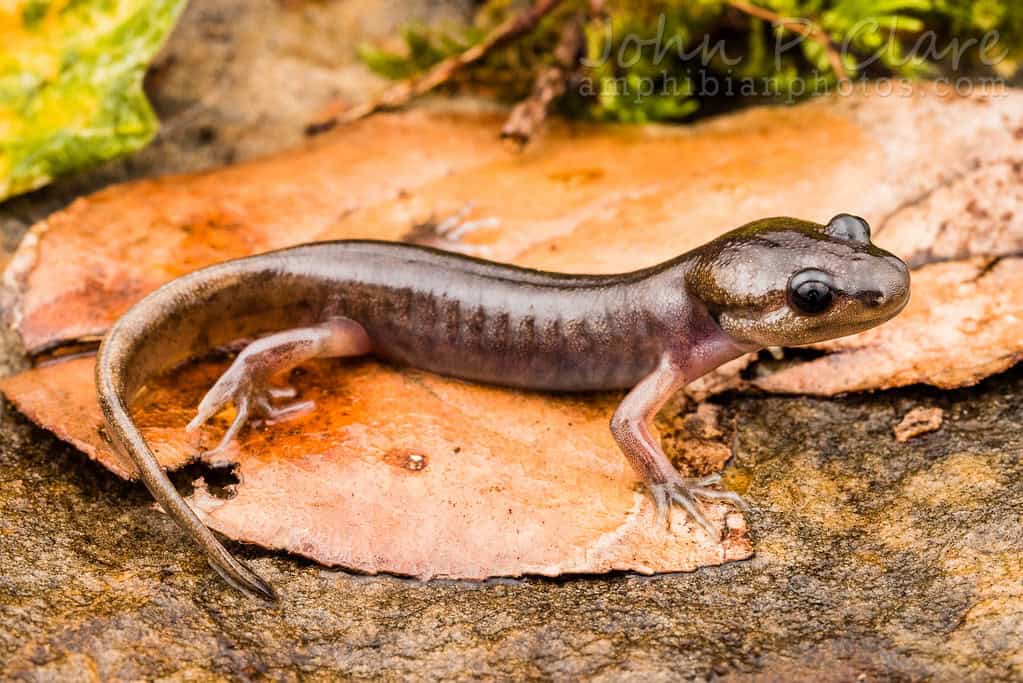
The diminutive four-toed salamander demonstrates surprising freeze tolerance for its small size (typically 2-3 inches long). These salamanders can survive having approximately 15-20% of their body water frozen at temperatures around 28°F (-2°C) for short periods. Their freeze tolerance strategy relies less on high concentrations of cryoprotectants and more on controlling where ice forms in their bodies. Four-toed salamanders sequester ice formation in non-critical areas while keeping vital organs ice-free through specialized vascular adaptations. Their name comes from having four toes on their hind feet (unlike the five found in most salamanders), and they’re recognized by their bright white bellies dotted with black spots. Four-toed salamanders often nest communally in moss above water, with mothers sometimes guarding egg clusters of multiple females—a relatively rare maternal behavior among salamanders.
Red-spotted Newt (Notophthalmus viridescens)

The red-spotted newt exhibits moderate freeze tolerance that varies significantly across its complex life cycle. The terrestrial juvenile stage, known as a red eft, demonstrates the greatest freeze tolerance, surviving temperatures around 28°F (-2°C) with up to 15% of body water frozen. Adult aquatic newts show less freeze tolerance, as they typically overwinter underwater. Red-spotted newts produce both glycerol and glucose as cryoprotectants, with different proportions depending on their life stage. Their remarkable three-stage life cycle (aquatic larva, terrestrial eft, aquatic adult) allows them to exploit different habitats and survival strategies, with freeze tolerance being crucial during the terrestrial eft stage that can last 3-7 years. These newts possess tetrodotoxin, the same powerful neurotoxin found in pufferfish, which may provide secondary protection from predators during vulnerable periods of freezing and thawing when their mobility is compromised.
Conclusion: The Science Behind Amphibian Freeze Tolerance
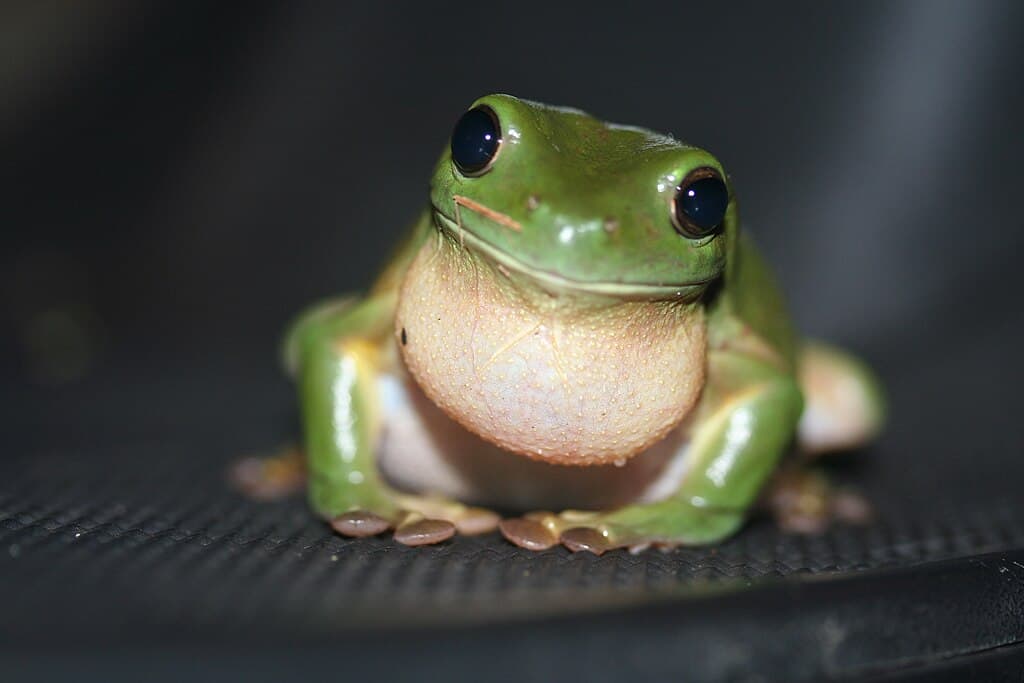
The remarkable ability of certain amphibians to survive freezing represents one of nature’s most sophisticated survival adaptations. Understanding this phenomenon requires appreciating both the dangers freezing poses to living organisms and the elegant solutions these amphibians have evolved. When water freezes in living tissues, it typically forms ice crystals that physically damage cell membranes and structures, leading to cell death. Additionally, as water freezes, it draws liquid water from cells, causing potentially fatal dehydration and concentration of cellular components. Freeze-tolerant amphibians have overcome these challenges through multiple mechanisms working in concert. The production of cryoprotectants like glucose, glycerol, and specialized proteins prevents ice crystal formation within cells while managing ice growth in extracellular spaces. The controlled redistribution of body water during freezing protects vital organs from mechanical damage. Equally impressive, these amphibians have developed cellular mechanisms to survive without oxygen during freezing periods when their hearts and lungs cease functioning. These adaptations represent millions of years of evolutionary refinement and continue to inspire biomimetic applications in human medicine, particularly in organ preservation and cryosurgery techniques.
- 13 Amphibians That Can Survive Freezing Temperatures - August 8, 2025
- The 10 Most Mischievous Dog Breeds That Keep Owners on Their Toes - August 8, 2025
- The Most Thrilling Shark Cage Diving Spots in the US - August 8, 2025

